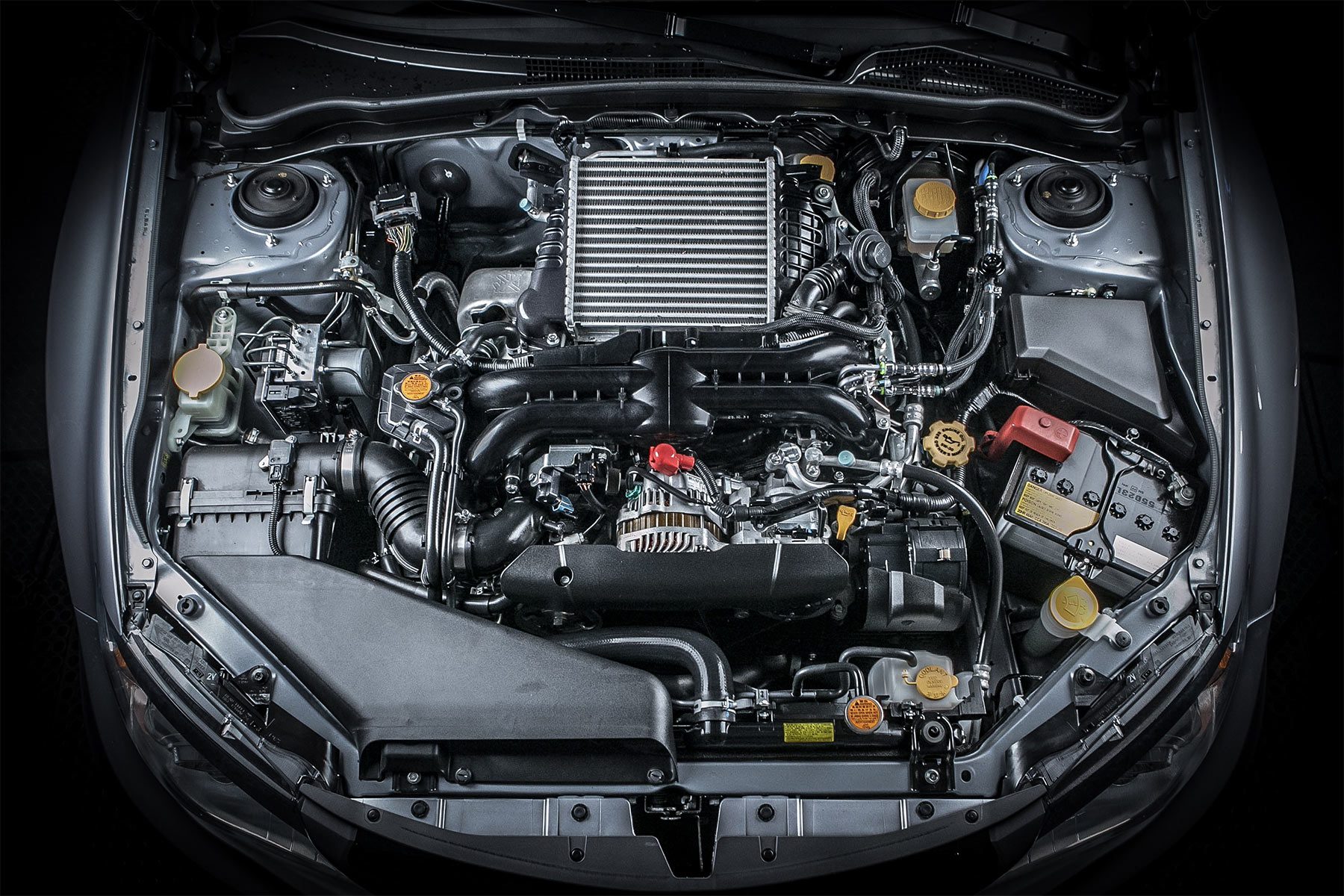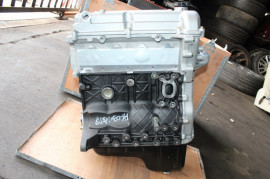Opel Corsa Engine: Common Issues and How to Take care of Them
Opel Corsa Engine: Common Issues and How to Take care of Them
Blog Article
Checking Out the Inner Functions of a Compact Automobile's Engine System
As vehicle drivers, we typically take for given the elaborate processes that occur within the boundaries of our lorry's engine system. The compact yet intricate equipment that thrusts us onward is a wonder of engineering precision and control. From the regulated explosions in the combustion chamber to the thorough timing of gas shot, every element plays a crucial duty in the smooth procedure of the engine. In this exploration of a portable automobile's engine system, we will decipher the internal functions of this mechanical symphony, losing light on the secrets that drive us forward on our daily trips.
Combustion Refine Overview
The burning process in a compact car's engine system is a crucial device that successfully converts gas into power to power the car. This process happens within the combustion chamber of the engine, where fuel and air mix, stir up, and produce controlled surges. The combustion procedure includes four primary phases: consumption, compression, exhaust, and power.
During the intake phase, the piston moves downward, drawing in a mixture of air and gas into the burning chamber. This down activity generates the power needed to drive the automobile. This cyclic combustion procedure is essential to the procedure of a small car's engine system, ensuring reliable power conversion for propulsion.
Piston and Cyndrical Tube Interaction

The piston's exact fit within the cyndrical tube is important for maintaining ideal compression and preventing power loss during combustion. Tight clearances between the piston and cyndrical tube wall surfaces ensure efficient securing, permitting the piston to relocate smoothly without permitting gases to leakage past. Proper lubrication is also important to minimize friction and wear between these parts, boosting longevity and performance.
Furthermore, the layout and products used in producing the piston and cyndrical tube effect engine efficiency and sturdiness. Modern engines frequently use lightweight yet long lasting materials like light weight aluminum alloys for pistons and cylinder liners to reduce inertia and boost thermal effectiveness. In general, the unified interaction between the piston and cyndrical tube is fundamental to the engine's capability and general efficiency.
Fuel Shot System Functionality
Fuel shot systems in portable vehicle engines play a vital function in exactly supplying gas to the combustion chamber for controlled and efficient ignition. The fuel shot system operates by injecting fuel into the burning chamber at the optimal moment throughout the engine's procedure (opel corsa engine). This specific timing guarantees that the fuel mixes equally with the air for proper combustion, causing boosted gas performance and reduced emissions
There are mostly 2 sorts of fuel injection systems used in compact vehicle engines: port fuel injection (PFI) and direct fuel shot (DFI) PFI systems infuse gas right into the intake port prior to the consumption shutoff, while DFI systems infuse gas straight right into the combustion chamber. Both systems have their advantages, with DFI using much better gas atomization and PFI supplying a much more cost-efficient remedy.
Recognizing Engine Air Conditioning Devices
Reliable procedure of a small car's engine depends greatly on the effectiveness of its cooling mechanisms. Engine cooling is important to prevent getting too hot, which can bring about significant damage and lowered efficiency. The air conditioning system in a portable automobile usually consists of several parts working with each other to control the engine temperature. One crucial component is the radiator, which utilizes coolant to absorb warmth from the engine. As the hot coolant flows through the radiator, it releases heat right into the air, cooling off prior to returning to the engine. The water pump circulates the coolant via the engine and radiator, making sure a constant circulation to control temperature level. Furthermore, the thermostat assists regulate the coolant flow to keep ideal engine temperature level. Some automobiles also have cooling followers that trigger when added cooling is required, such as during rush hour or heat. Comprehending these engine air conditioning systems is essential for preserving the efficiency and longevity of a portable automobile's engine system.

Exhaust System Elements Explained
The ideal performance of a compact car's engine cooling systems depends upon a corresponding system understood as the exhaust system, which consists of read this various important elements find out here for making certain reliable exhausts and engine efficiency. The exhaust system consists of components such as the exhaust manifold, catalytic converter, muffler, and tailpipe. The exhaust manifold gathers exhaust gases from the engine's courses and cyndrical tubes them to the catalytic converter. The catalytic converter then converts hazardous pollutants in the exhaust into much less unsafe exhausts prior to releasing them through the muffler and tailpipe.
One essential part of the exhaust system is the oxygen sensing unit, which keeps an eye on the oxygen levels in the exhaust gases to aid control fuel intake and guarantee optimal engine efficiency. opel corsa engine. In addition, the resonator may exist in some exhaust systems to reduce sound degrees. On the whole, the exhaust system plays a crucial role in preserving engine efficiency, reducing dangerous emissions, and making sure a quieter driving experience for small vehicle proprietors

Final Thought
To conclude, the compact car's engine system is an intricate combination of parts that work together to promote the combustion process, transform gas right into energy, and remove waste gases. Recognizing the internal workings of the engine system, including the piston and cyndrical tube communication, fuel shot system, engine cooling systems, and exhaust system elements, is critical for maintaining ideal efficiency and performance of the lorry.
The combustion process in a compact automobile's engine system is an essential mechanism that efficiently converts fuel into energy to power the automobile.Fuel injection systems in small car engines play an essential duty in specifically supplying gas to the combustion chamber for controlled and efficient ignition.There are mainly two types of fuel injection systems made use of in portable lorry engines: port gas shot (PFI) and straight fuel injection (DFI) Understanding these engine cooling devices is vital for keeping the efficiency and long life of a small car's engine system.
The ideal click here to find out more functioning of a compact lorry's engine cooling mechanisms depends on a corresponding system understood as the exhaust system, which comprises numerous crucial parts for making certain reliable exhausts and engine efficiency.
Report this page